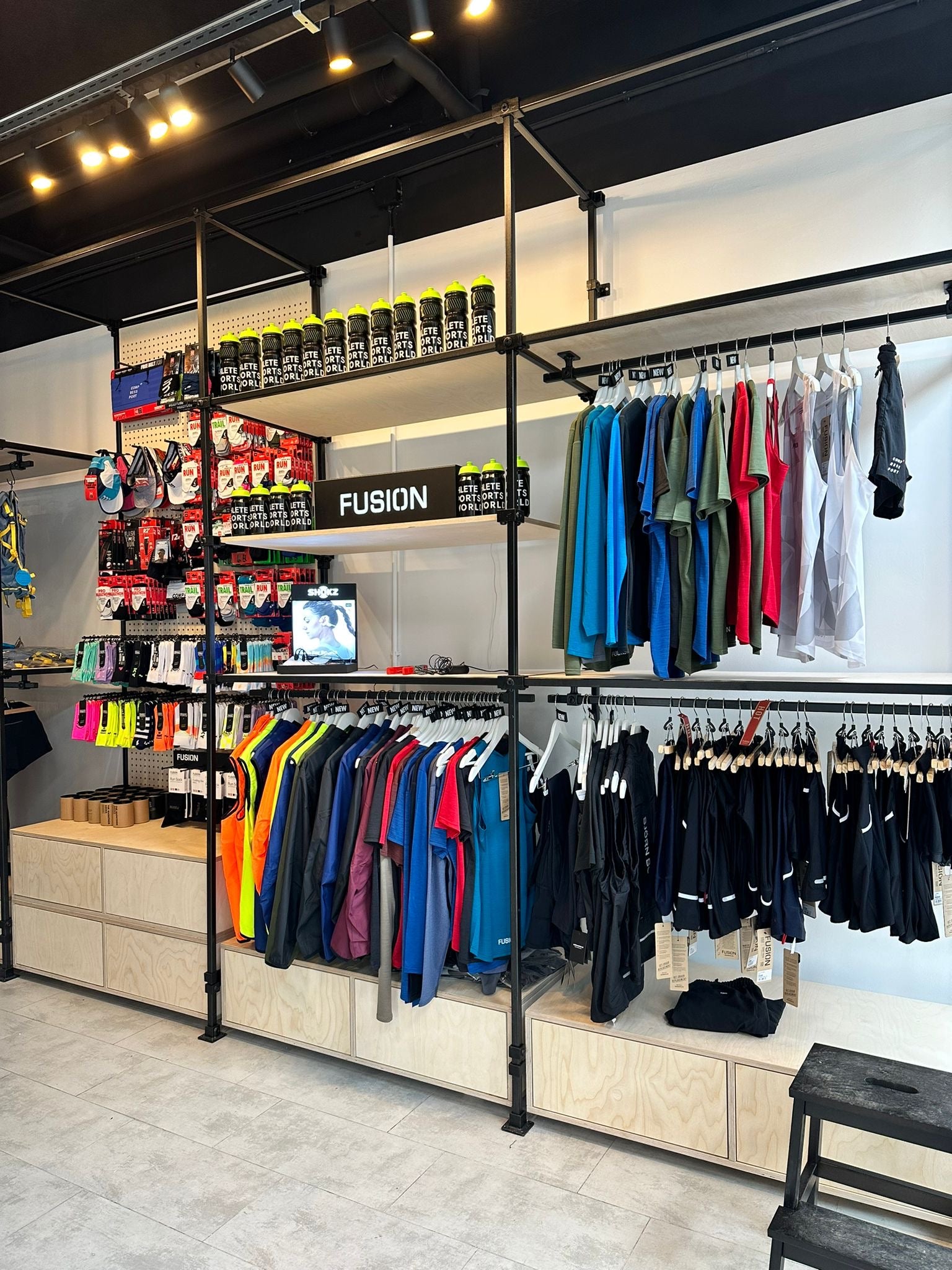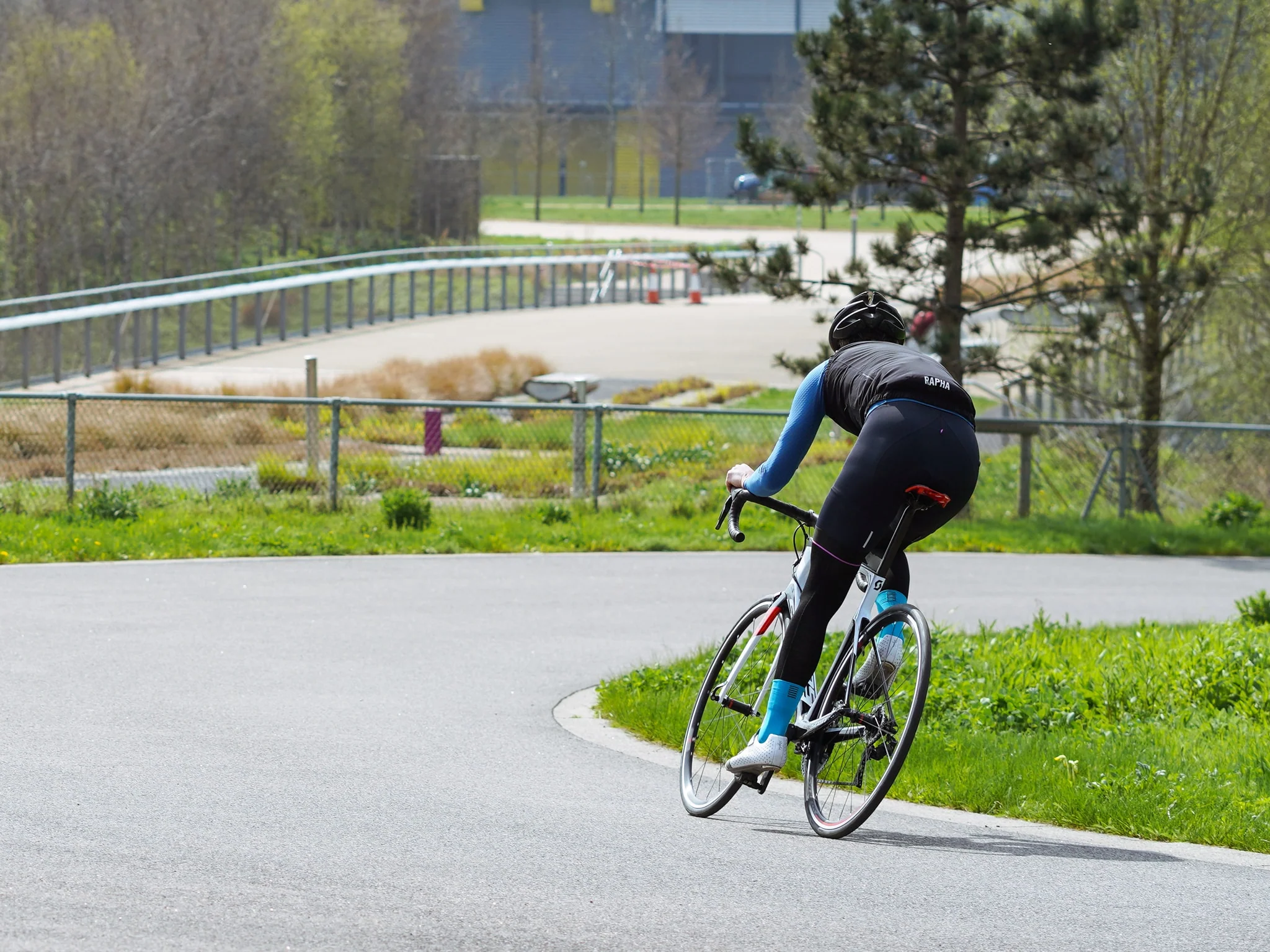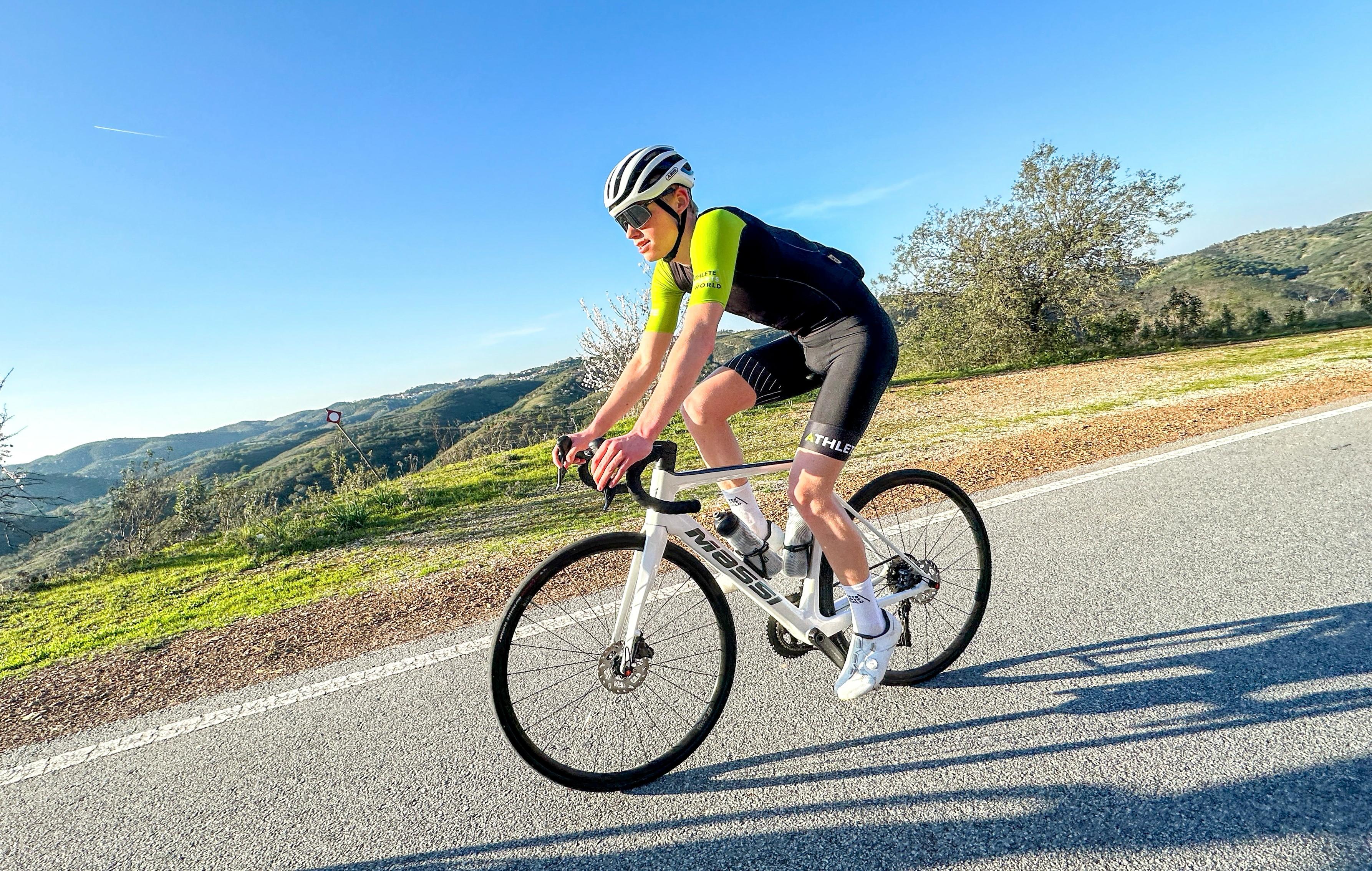Running is a great way to stay fit, but it is essential to pay attention to your running technique to avoid injury and perform at your best. Here are six valuable tips to improve your running technique and take your running experience to the next level.
HOLD
The foundation of good running technique starts with your posture. Stand straight with relaxed shoulders, head in line with your spine and a slight forward tilt from the ankles. Avoid bending or leaning too far forward, as this can be taxing on your back and hips.
Remember: a strong start starts with strong posture.
To maintain good posture, stand straight against a wall with your heels about 15 inches away from the wall. Let your head, shoulders and buttocks touch the wall. This helps you become aware of the correct position of your body and promotes an upright, balanced posture.
CORE MUSCLES
An activated core is the key to stability and support for your spine and pelvis. Train your core muscles regularly with specific exercises to improve your balance and maintain a consistent stride length. A strong core contributes to a fluid and balanced running style.
For example, integrate several plank variations into your training regimen. Planks not only strengthen your abdominal muscles, but also your back muscles, which is essential for a strong core. Try side planks, planks with leg raises and other variations to activate all parts of your core.
PLANKS
Avoid landing on your heels or toes, and instead try landing on your midfoot. This reduces the impact on your joints and promotes a natural distribution of shock through your lower body. Pay attention to a smooth transition from heel to midfoot for an efficient and safe landing.
Practice running training with hurdle drills to increase your awareness of your midfoot landing. Place hurdles at regular intervals and try to jump smoothly over each hurdle with a midfoot landing. This helps develop muscle memory for good running style.
Choose running shoes that offer specific support for a midfoot landing. These shoes often have extra cushioning and a design that minimizes the impact on your feet, allowing you to land more comfortably on your midfoot.
CADENCE AND STRIDE LENGTH
Aim for a cadence of about 170-180 steps per minute. A higher cadence promotes shorter, faster strides, reducing the load on your legs and decreasing the risk of excessive stretching. Experiment with your stride length and find out what works best for your body and speed.
Download a metronome app on your phone and set it to a cadence between 170 and 180 steps per minute. Let the metronome set your rhythm as you run. This helps you become aware of your cadence and helps develop an efficient running style.
Or order the Stryd V4 running power meter to very accurately measure your running efficiency.
PINE
More important than all the technical aspects is listening to your body. Pay attention to any discomfort or pain while running. If you experience persistent pain, adjust your technique, get plenty of rest and consider seeking professional advice. Ignoring pain can lead to more serious long-term injuries.
Keep a notebook in which you record your running sessions, any discomfort or soreness, and rest days taken. This will give you insight into patterns and help you understand when your body may be showing signs of strain. If necessary, adjust your training based on these observations.
Or invest in a GPS running watch with a built-in heart rate monitor or a heart rate belt. This gives you detailed insights into your performance and health. By monitoring your heart rate, you can better listen to signals from your body and make timely adjustments to prevent overexertion.
CONCLUSION
Good running technique is an investment in your health and running enjoyment. Putting these six tips into practice will reduce your risk of injury and improve your performance. Take the time to make adjustments to your running style and enjoy the difference it can make to your overall well-being and running experience.
Let your body be your guide and run the miles with confidence. Have fun running!
VISIT US FOR MORE ADVICE
If you need more guidance or are looking for running tips, we are here for you.
Visit our store where our knowledgeable team will be happy to help you with any questions you may have. Don't hesitate to call or email us for more information. Together we will work on your path to faster running times!
Want more running tips? Like how to prevent blisters while running? Then read this blog!







